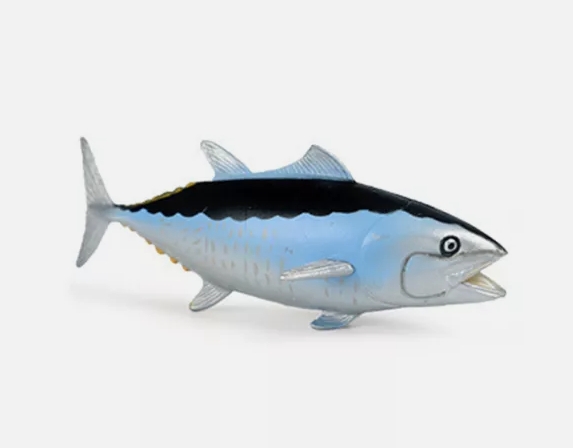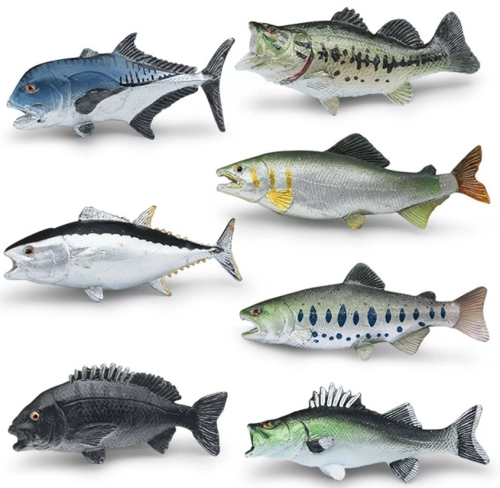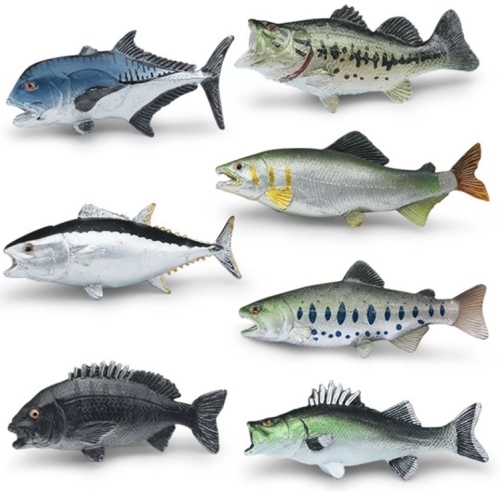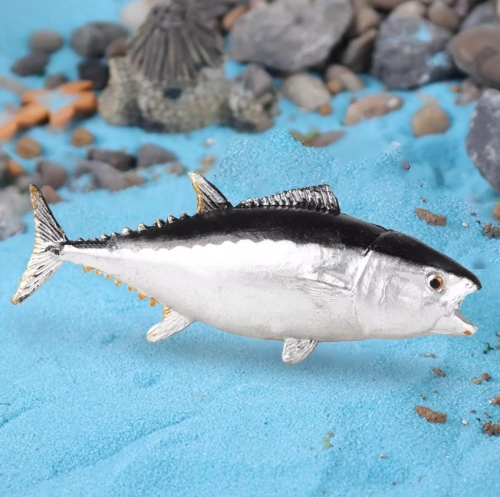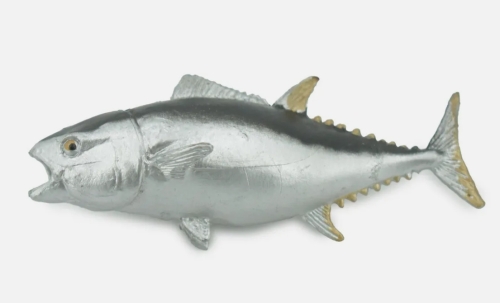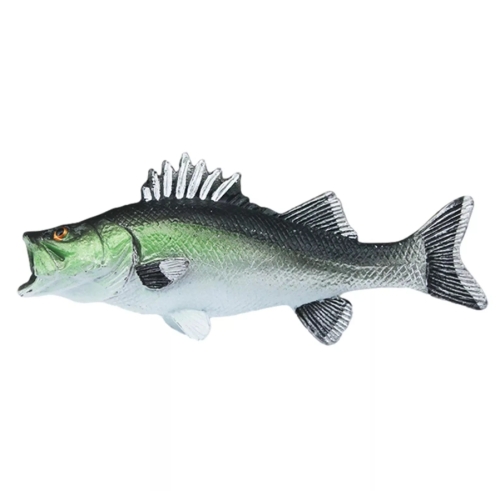Tuna model plays an important role in ecology and biology. This model is used to study the dynamics of tuna populations, migration patterns, and their interaction with the environment. Through in-depth analysis of tuna biology, reproductive behavior and position in the food chain, scientists are able to better understand their role in the Marine ecosystem.
Tuna models typically include multiple aspects, such as growth models, fishing pressure models, and environmental impact models. These aspects combine to help researchers predict the potential impact of different management practices on tuna stocks. For example, by simulating different fishing strategies, models can reveal which strategies are best for keeping populations stable and healthy. In addition, the model can be used to predict the effects of climate change on the distribution and behavior of tuna populations.
When applying these models, scientists often need to input a lot of data, including the age structure of tuna, population density, habitat changes, and so on. These data, when processed and analyzed, can ultimately help formulate more scientific and rational fisheries management policies. Such a policy would not only promote the sustainable use of tuna resources, but also protect the overall balance of the Marine ecosystem.
Overall, the study of tuna models not only provides scientists with tools to understand tuna population dynamics,but also provides policy makers with valuable data support to develop effective management measures to achieve sustainable development of Marine resources.

